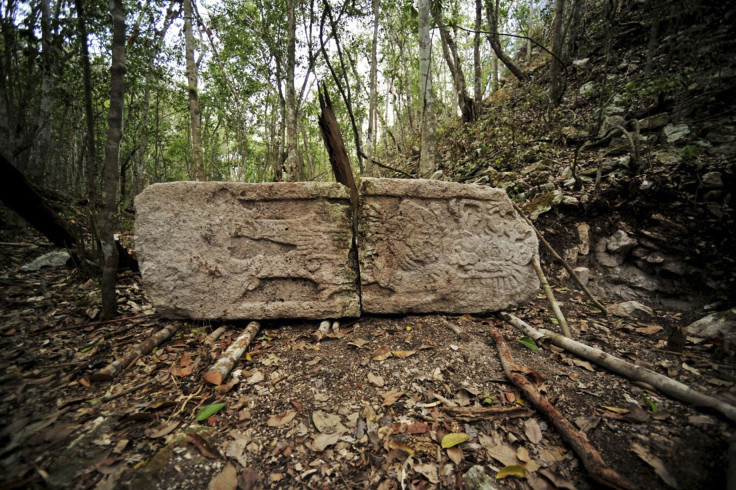
A historic discovery has been made in El Savador after archaeologists have discovered 160 fragments of sculptures in the archaeological park in Cihuatán. According to the Culture Secretariat, the remains of "five or six feline sculptures" were discovered with two pieces of censers. The discovery was made by archaeologists of the secretariat and of El Salvador's private National Archaeology Foundation (FUNDAR) between February and May of this year, but the announcement was not made until now.
The 160 fragments of the sculptures were discovered in a structure that was built against the wall that surrounds the perimeter of the Cihuataán ceremonial center--a Mayan site that is located 22 miles from Aguilares, a town north of San Salvador. "It is estimated that Cihuatán was occupied between 1000 and 1200 A.D., and that its first inhabitants came from central Mexico, where they had abandoned their villages after the Mayan collapse," the secretariat said.
FUNDAR archaeologist Paul Amaroli says that the feline sculptures could be of jaguars, but the fragments do not have spots that jaguars have. The feline remains will undergo a thorough process of cleaning, identification, analysis and restoration before being exhibited in the National Anthropology Museum in San Salvador, reveals the secretariat.
Earlier this summer, archaeologists discovered a lost Mayan city in the jungles of southeastern Mexico in the Campeche province on the Yucatan peninsula. The lost city had three large complexes with pyramids, palaces, homes, altars, ball game courts, sculpted stone shafts called stelae, and plazas. The site has reportedly been named Chactun--which roughly translates to "Red Rock." The site is believed to be from the Late Classic Maya period from 600 to 900 AD and is believed to have been the home to 30,000 to 40,000 people.
"It is one of the largest sites in the Central Lowlands, comparable in its extent and the magnitude of its buildings with Becan, Nadzcaan and El Palmar in Campeche," said Ivan Sprajc of the Slovenian Academy of Sciences and Arts in a statement. Sprajc also added that foot traffic proves that people have visited the site as early as 20 to 30 years ago, even though it was unknown to academics. "Lumberjacks and gum extractors were certainly already there, because we saw cuts on the trees," Sprajc said. "What happened is they never told anyone."
© 2025 Latin Times. All rights reserved. Do not reproduce without permission.





